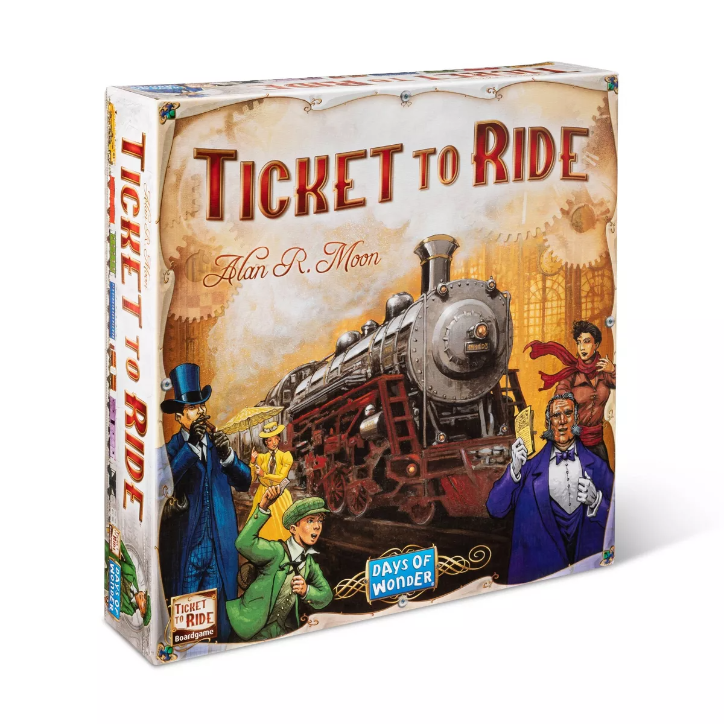Ticket to Ride Review
Gameplay
Ticket to Ride is a board game in which the object of the game is to connect different cities in America by laying down railway routes on a map of the country—and score the most points. While there are a lot of different aspects of the game, it’s worth taking a few minutes to learn how to play, because the fun you’ll have will last hours!
The board is a map of the United States, with different major cities marked with red dots. Each dot is connected to other surrounding dots by train routes. Some are colored (red, orange, yellow, green, blue, pink, black, white) and others are gray, meaning any color train can be played there. Around the border of the board is a scoring track, each space a number 1-100. Each time a player scores points, they can move their marker accordingly.
Each player takes a set of 45 colored Train Cars and the corresponding scoring marker. There are 5 sets in total, and they are each a different color (blue, red, green, yellow, black). These train car colors do not correspond to the different colored routes on the board. Each player is dealt 4 Train Cards to begin (for their eyes only), and 5 train cards are placed face-up within reach of all players, as well as the rest of the deck. Also dealt to each player are 3 Destination Ticket cards. Keep these a secret!
The Destination Ticket cards have different routes connecting different cities. For example, one card might read “Los Angeles to Miami” or “San Francisco to Atlanta.” Based on the length of the route, different points are awarded if the route is completed. For example, “Los Angeles to Miami” earns a player 20 points. However, if a player chooses to keep a Destination Ticket card but doesn’t complete the route, the points will be subtracted from the player’s score. Of the three cards dealt, players must keep at least two, but can keep three.
Now that you have your Train Cards, Destination Tickets, Train Cars, and Scoring Markers, you are ready to play.
As you know, the player with the most points wins the game. There are three different ways to earn points:
- Claiming a Route between two cities on the map
- Successfully completing a Continuous Path of routes between two cities listed on your Destination Tickets
- Completing the Longest Continuous Path of routes
The most well-traveled player gets to go first, and then game continues clockwise. On each turn, a player may do one of three things:
- Draw Train Cards: a player can draw 2 Train Cards, either from the top of the deck or from one of the face-up cards. If they draw a face-up card, they must replace it with a card from the deck before selecting another card.
- Train Cards are the same colors as the different Routes (red, orange, yellow, green, blue, pink, black, white). There are also rainbow Train Cards, called Locomotives, that can be used as any color.
- If one of the face-up cards is a Locomotive card and a player wishes to draw it, they may only draw 1 card that turn. If, after having drawn one card from the face-up cards, the replacement card is a Locomotive card, the player cannot take it.
- Claim a Route: A player claims a route by playing a set of train cards that match the color and length of the route and then placing one of their colored trains on each space of the route. For example, there are three yellow spaces between San Francisco and Los Angeles. A player must have (and play) three yellow Train Cards to claim the route, and then puts three of their Train Cars on the route. Then, the player moves their scoring marker according to the number of points any length route is worth. For example, 1 space is worth 1 point, but 3 spaces is worth 4 points, and 6 spaces is worth 15 points.
- Draw Destination Tickets: A player may use their turn to draw 3 Destination Tickets from the top of the deck. They must keep at least one of them but may keep all three. Any returned cards go to the bottom of the deck.
Players carefully claim routes, connect cities, complete Destination Ticket missions, block other players, and score points. The game ends when one player’s stock of Train Cars gets down to 0, 1, or 2 train left at the end of their turn. Each player, including that player, gets one final turn.
To calculate scores, add up the points earned by completing different routes and the points earned (or subtracted) by Destination Tickets. One player will also receive 10 bonus points for the Longest Continuous Path, which is the longest path, including loops, of Train Cars.
A lot to take in, I know, but tons and tons of fun!
History
Ticket to Ride was created by Alan R. Moon in 2004. It was published by Days of Wonder, illustrated by Julien Delval, and graphic design was done by Cyrille Daujean.
Alan R. Moon, born November 18, 1951, is a board game designer born in Southamption, England. He is generally considered to be one of the foremost designers of German-style board games. He has worked as a game designer for Avalon Hill, Parker Brothers, and Ravensburger F.X. Schmid USA. His first game was Black Spy with Avalon Hill in 1981, but the first game that got him any attention was Airlines, published by Avacus in 1990.
He started his own company, White Wind, in 1990, which he ran until 1997, but now publishes his games through other companies like Ravensburger and Days of Wonder.
Alan grew up playing board games every Sunday, with favorites including. Monopoly, Hearts, Chess, Bridge, and Risk. He served in the U.S. Air Force from 1970 until 1974, and then attended Kean College in NJ from 1976-1979, majoring in English and Theatre. It was here that he joined a local game club called the Jersey Wargamers, and also started writing articles for The General, the house magazine of the Avalon Hill Game Company. He was hired by this company after college to work as an editor, but soon found that he enjoyed developing games a lot more than editing a magazine about them. Alan described Ticket to Ride as “the big hit I’d always dreamed about.”
In his free time, he enjoys traveling, cruises, reading, walking, weightlifting, singing, watching movies, and trying new restaurants.
In 2004, he married his wife, Janet, and in 2002, they moved to New Orleans, where he enjoys playing poker at the local casino or simply playing games with family and friends.
Variations
Ticket to Ride has been adapted for many other countries:
- German: Zug um Zug
- French: Les Aventuriers du Rail
- Spanish: Aventureros al Tren
- Polish: Wsiąść do pociągu
- Finnish: Menolippu
In 2008, Days of Wonder released USA 1910, a card expansion that contains additional Destination Tickets and a full-size deck for both routes and railway cards, as the original ones are rather small. The 10th Anniversary edition has a larger map of the original game, and the cars are larger as well. The 15th Anniversary edition includes translucent Train Cars and a special booklet with the history of the game.
Ticket to Rude: Europe was released in 2005. It features a map of Europe with two new types of routes: ferry routes and tunnel routes. This also has its own Anniversary editions, and a few new rules.
The Northern Lights edition is one that focuses on the Scandinavian region. The Rails & Sails edition is a double-sided board, with one side being “The World” and the other “The Great Lakes.” First Journey is an edition designed for children ages 6 and up and is more simplified.
In 2011, Days of Wonder started releasing expansions with new maps. Each game has new rules but requires pieces from the original game. 9 different collections have been released since then, including one called Stay at Home that was released in 2020 to mark the COVID-19 pandemic.
Ticket to Ride has also been adapted into a card game, which comes with new rules, as well as multiple computer games, including Ticket to Ride: Online, Ticket to Ride: The Computer Game, Ticket to Ride: Xbox Live Arcade, Ticket to Ride: iPad, Ticket to Ride Pocket, and Ticket to Ride with Alexa Digital Assistant.
Reception & Awards
Ticket to Ride has won the following awards in different countries:
- Spiel des Jahres (Game of the Year) (2004)
- Origins Award for Best Board Game of 2004
- Japan Boardgame Prize for Best Advanced Game (2004)
- Jeux sur un plateau gold award (2004)
- Bruno Faidutti Game of the Year (2004)
- Parents’ Choice Foundation – Silver Honor (2004)
- Games Magazine – Game 100 (2004)
- com – Best Family Game (2004)
- Meeples’ Choice Award (2004)
- Diana Jones award (2005)
- As d’Or Jeu L’Année (2005)
- International Gamers Award (2005)
- Arets Spel Best Family Game (2005)
- Juego del Año (2005)
- Vuoden Peli Family Game of the Year (2005)
- Hra roku (2006)
- Japan Boardgame Prize – Best Japanese Game (2006)
- Ludoteca Ideale Official Selection (2008)
As of 2022, over 10 million copies have been sold. It’s been translated into 33 different languages, distributed in more than 40 different countries, and is enjoyed by more than 80 million people worldwide.
Recent Blogs
Recent Blogs
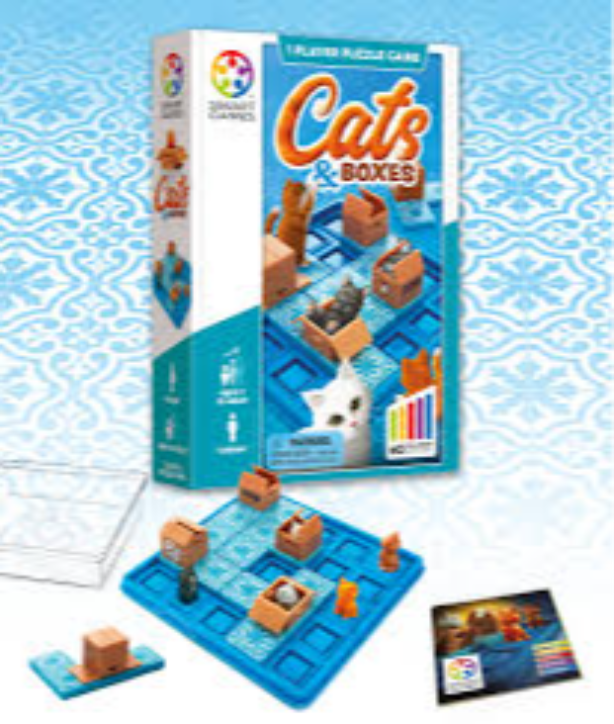
Reviews
Game Review: Cats & Boxes

Biographies and Interviews
Ana Maria, Founder of The Magical Underland Inc., Rings in the Holidays with a new kind of Christmas Tree
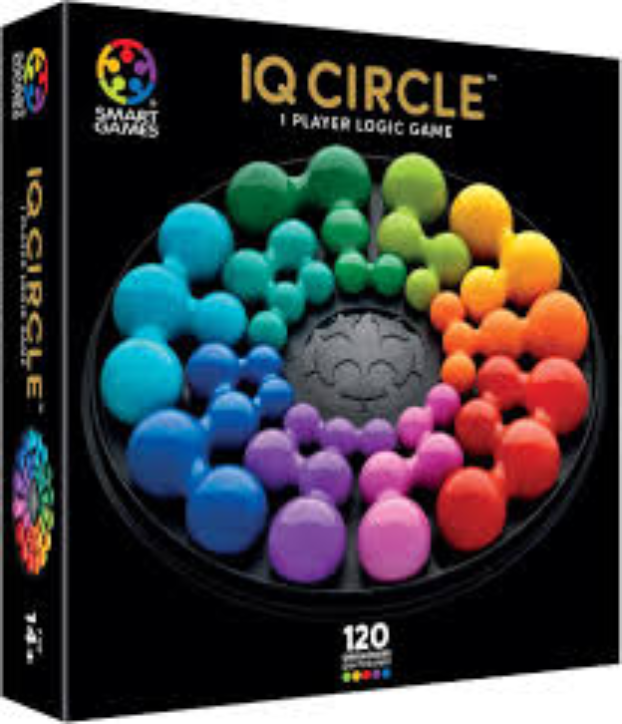
Reviews
Game Review: IQ Circle
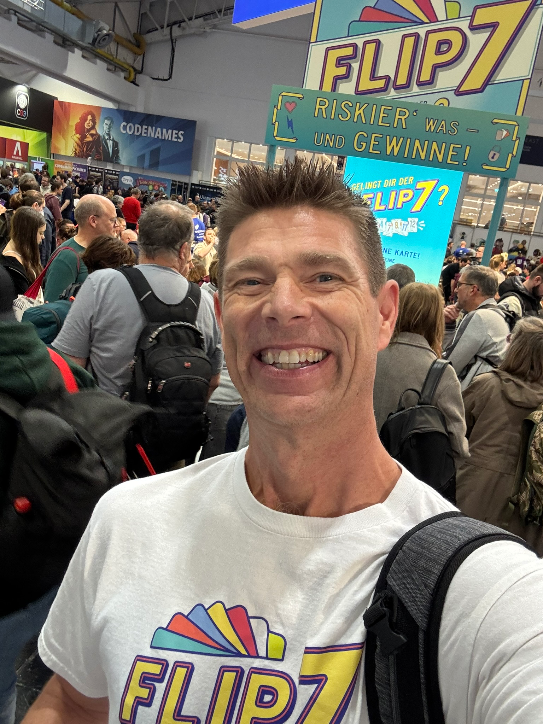
Biographies and Interviews
Catching up with Eric Olsen, The Inventor of Flip 7 and Co-Creator of Messy Table Games

Reviews
Book Review: Happytecture by Anna Devís & Daniel Rueda
See more
Recent Wiki
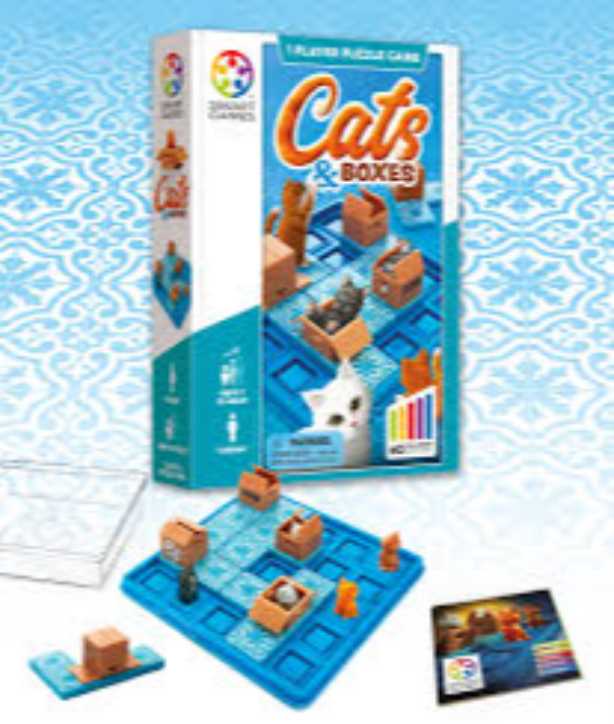
BOOK REVIEWS
Game Review: Cats & Boxes

PEOPLE
Ana Maria, Founder of The Magical Underland Inc., Rings in the Holidays with a new kind of Christmas Tree
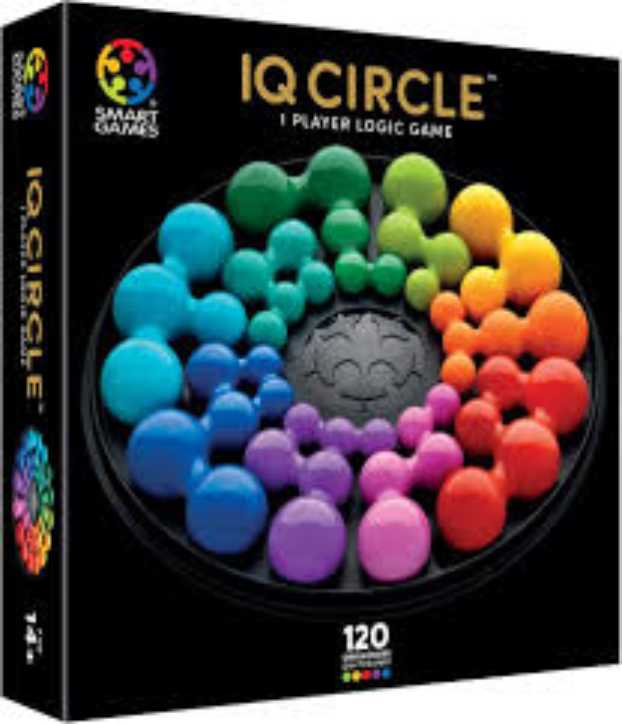
BOOK REVIEWS
Game Review: IQ Circle
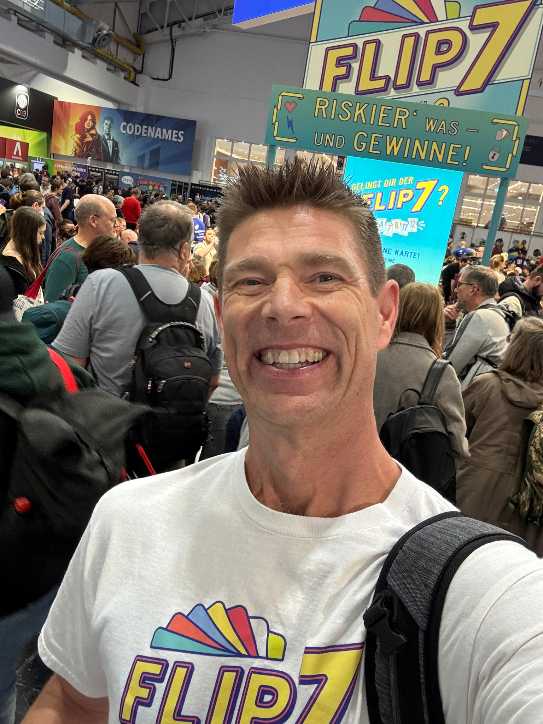
PEOPLE
Catching up with Eric Olsen, The Inventor of Flip 7 and Co-Creator of Messy Table Games
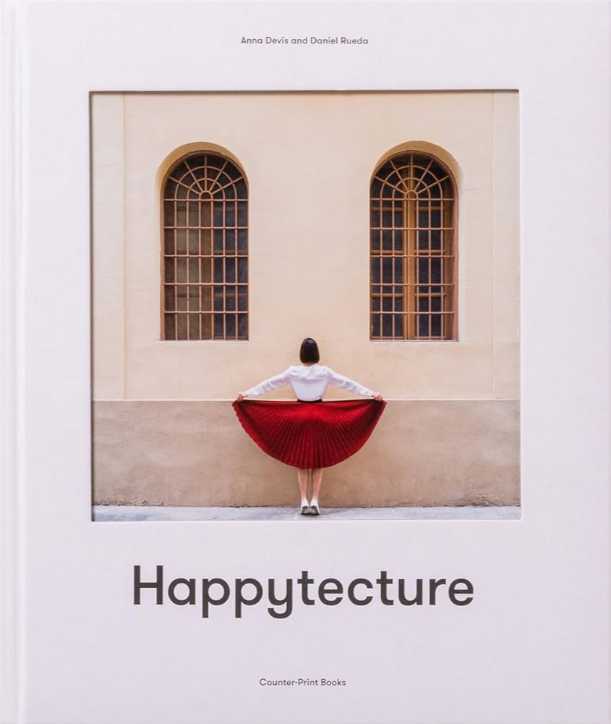
BOOK REVIEWS
Book Review: Happytecture by Anna Devís & Daniel Rueda
See more
POP's Got Talent

POP Entertainment
Randy Klimpert Shares his Ukulele Collection

POP Entertainment
Steve Casino Peanut Art

POP Entertainment
Everyone's Talking about POP!

POP Entertainment
Princess Etch - a Multi-Talented Etch A Sketch Artist

POP Entertainment
Joseph Herscher of Joseph' s Machines.
See more
Recent POPcast

Hidden Role: The Brains Behind your Favorite Games
Connie Vogelmann designed Apiary & Wyrmspan!

Hidden Role: The Brains Behind your Favorite Games
Bob Fuhrer... Is THE Crocodile Dentist!

Hidden Role: The Brains Behind your Favorite Games
Tom Dusenberry... Bought Atari, Wizards of the Coast, and Avalon Hill!

Hidden Role: The Brains Behind your Favorite Games
Matt Leacock created Pandemic... the game!

Hidden Role: The Brains Behind your Favorite Games
Scott Brown and Tim Swindle... are Launching a New Sport!
See more
POPDuos

POPDuos: Interviews with Legends and Leaders
POPDuo: Richard Dickson, Mattel’s President & COO, and Kedar Narayan, Young Inventor Challenge AMB

POPDuos: Interviews with Legends and Leaders
POPDuo: Will Shortz and Josh Wardle

POPDuos: Legends and Leaders Explore Creativity
POP Duo: Elan Lee, Co-Founder, Exploding Kittens.and Jeff Probst, Host and Exec Producer, Survivor

POPDuos: Legends and Leaders Explore Creativity
POP Duo: David Fuhrer, MNG Director, Blue Sq Innovations & Shawn Green, past Dodgers & Mets MLB Star

POPDuos: Legends and Leaders Explore Creativity
POP Duo: Bob Fuhrer, Founder, Nextoy and Tom Fazio, Golf Course Designer
See more




